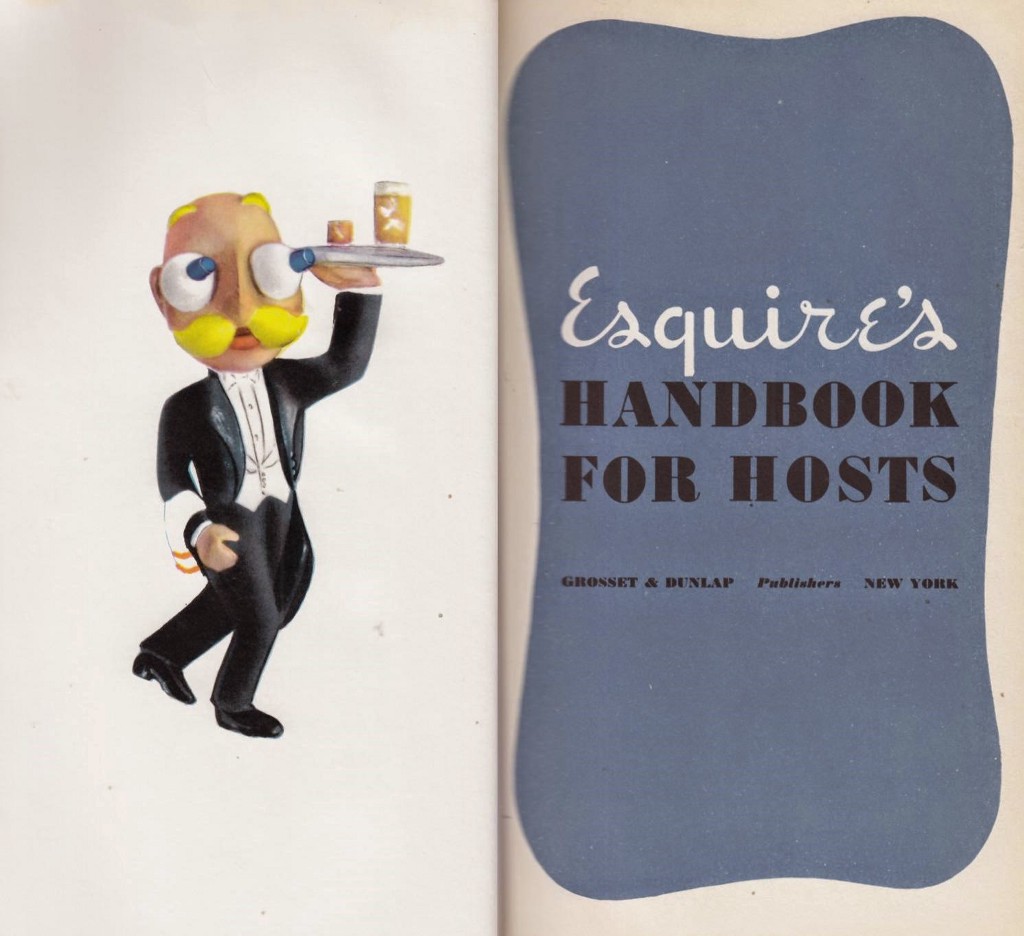“Has Positive Views On Women’s Roles”

It was this loss of control that was so nerve-wracking for white men during the Cold War, and it was Esquire’s — and, starting in 1953, Playboy’s — job to help guide readers through the uncharted territory of second-wave feminism, civil rights, and communism. To do this, Esquire turned to a character that, historically, had total control over his own life: the bachelor. The magazine’s November 1949 editorial claimed that the book’s readers would become less dependent on “the little woman” (presumably Mrs. Esquire) who had been responsible for the household until this point. In this period of perceived crisis, how did Esquire convince their readers that it was acceptable (and necessary) for men to be bachelors, and for those bachelors to care about their appearance, their home décor, and their cooking skills?
Hairpin friend Manisha Aggarwal-Schifellite has an excellent article on the history and evolution of Esquire, a magazine that wanted to make it ~cool~ for men to do traditionally feminine activities, like…wear pants. And cook. You know, the stuff you need to do to stay alive. It’s a fascinating look at the way Men’s Magazines teach Men How To Be Men. Read it here.